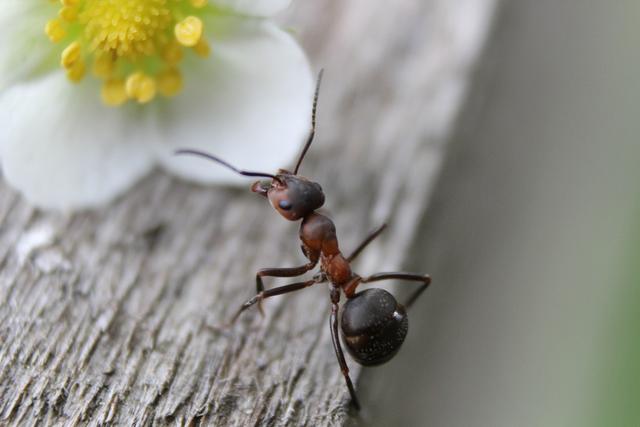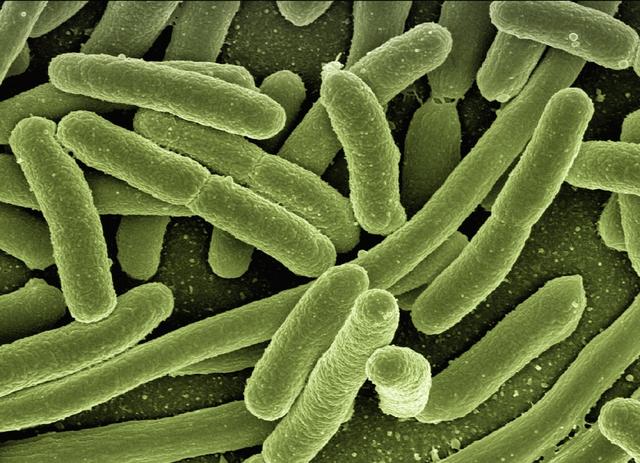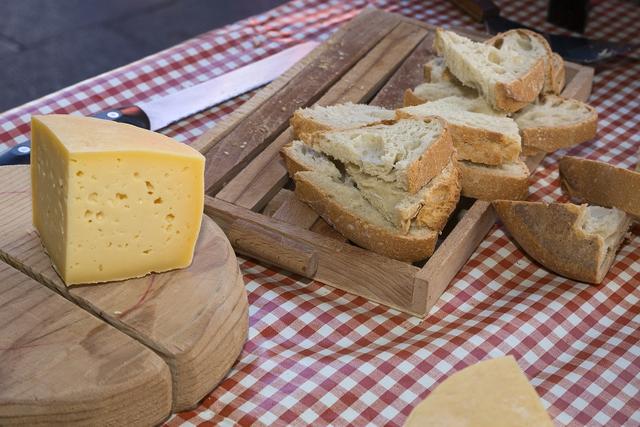Starter quiz
- What does it mean if something is harmful to us?
- it is good for our health
- it can hurt us or damage our bodies ✓
- it is very sharp
- it can only be used by adults
-
- Which of these groups are not living things?
- plants
- animals
- micro-organisms
- states of matter ✓
- dead leaves ✓
-
- What is a micro-organism?
- a very tiny living thing ✓
- a very small animal
- a small insect
- a type of fine dust
-
- Scientists classify living things by comparing their observable characteristics. How can they see the observable characteristics of micro-organisms?
- by looking at them with binoculars
- by scanning them with a computer
- by looking at them with a microscope ✓
- by looking at them under a magnifying glass
-
- How do scientists classify living things into groups?
- they compare similarities and differences in their observable characteristics ✓
- they compare similarities and differences in their habitats
- they carry out research to find the name of the living thing
-
- Which of these statements about micro-organisms is true?
- Not all micro-organisms are harmful. ✓
- Micro-organisms are very tiny animals.
- Micro-organisms are only found in unclean places.
- Some types of micro-organism have arms and legs.
-
Exit quiz
- Which of these is not a type of micro-organism?
 ant ✓
ant ✓ virus
virus bacteria
bacteria fungi
fungi
- Why do scientists classify micro-organisms?
- to find out what they are called
- to help understand how they could be helpful or harmful ✓
- to help them invent new micro-organisms
- to make it easier to identify them ✓
-
- Match the type of micro-organism to its description.
- bacteria⇔micro-organisms that live almost everywhere on Earth ✓
- viruses⇔micro-organisms that can only survive inside a living thing ✓
- fungi⇔micro-organisms that feed on organic material ✓
 Which of these statements about viruses is correct?
Which of these statements about viruses is correct?- Viruses are used in the production of many foods.
- Viruses can only survive inside living things. ✓
- All scientists agree that viruses are living things.
- Viruses can be found almost everywhere on Earth.
-
 Based on its structure, which type of micro-organism is shown below?
Based on its structure, which type of micro-organism is shown below?- virus
- bacteria ✓
- fungi
-
 Fermentation is a process carried out by bacteria and ______ that we can use to make foods such as cheese, yogurt and bread.
Fermentation is a process carried out by bacteria and ______ that we can use to make foods such as cheese, yogurt and bread.- 'fungi' ✓
Worksheet
Loading worksheet ...
Presentation
Loading presentation ...
Video
Lesson Details
Key learning points
- Scientists group micro-organisms to make it easier to identify, name and learn about them.
- There are different groups of micro-organisms such as viruses, bacteria and fungi, with different structures and shapes.
- Micro-organisms can be harmful or helpful.
- It is important to classify and group micro-organisms so that we can understand their uses and treatments.
Common misconception
Pupils may think that all micro-organisms are harmful and will cause us to become ill.
Explain that, while some micro-organisms can cause us harm, there are also many that are beneficial, such as those used in food production, water treatment or those living inside our digestive system.
Keywords
Micro-organism - A micro-organism is a very tiny living thing.
Bacteria - Bacteria are a type of micro-organism that can be found in all natural environments.
Virus - Viruses are a type of micro-organism.
Fungi - Fungi are a type of micro-organism that feed on organic matter.
+